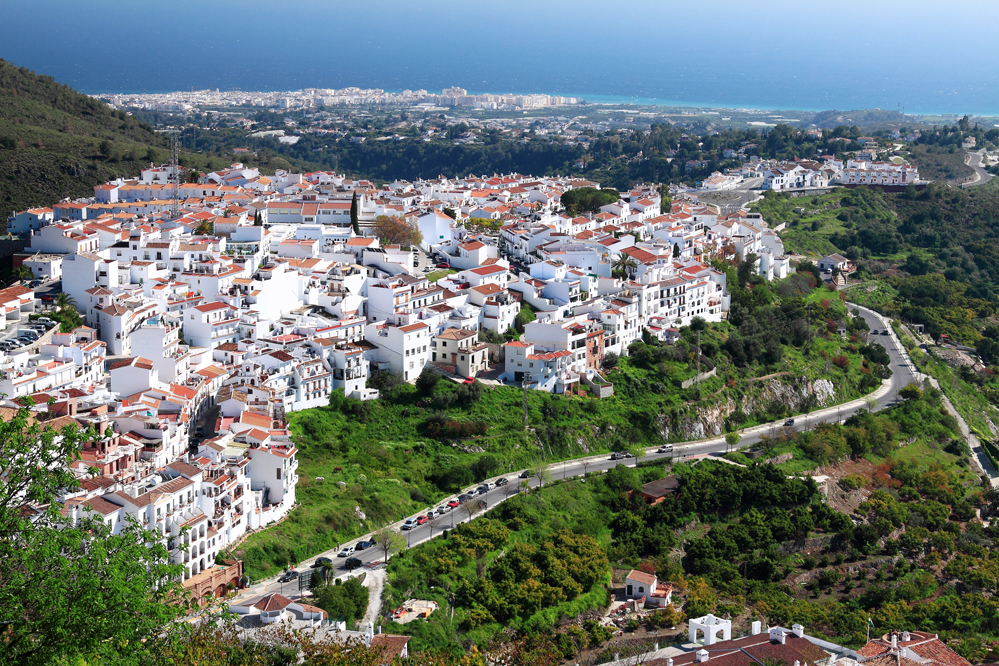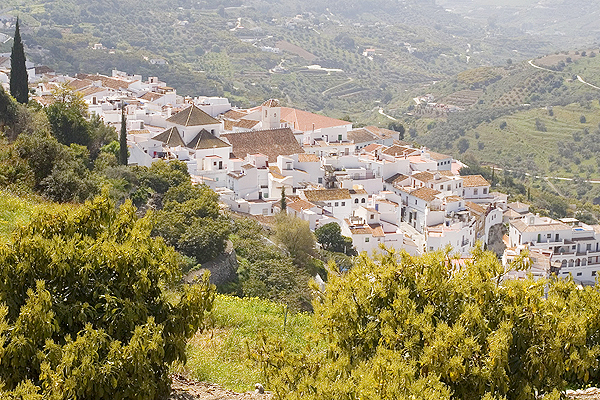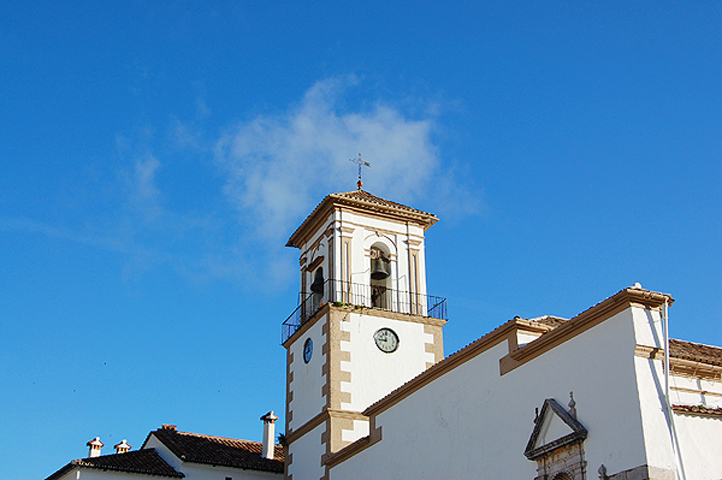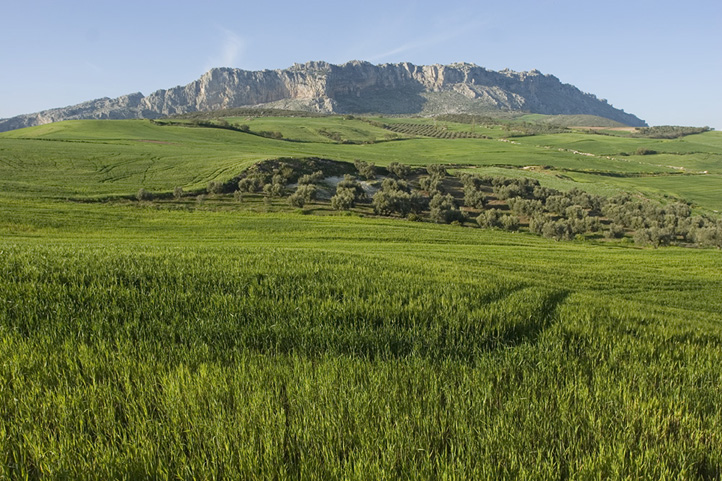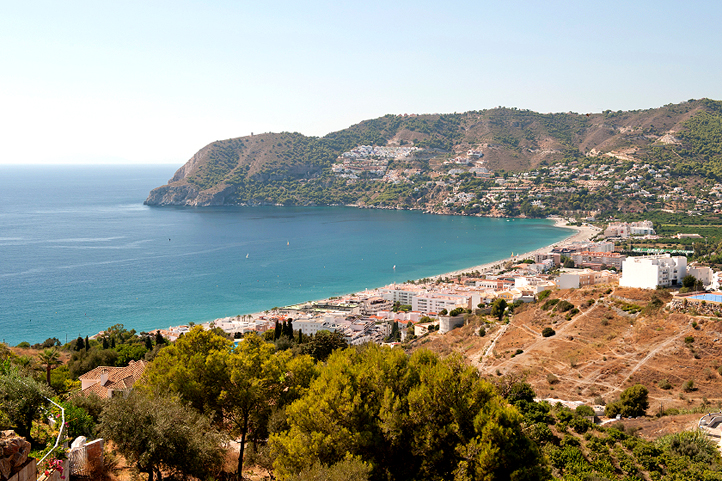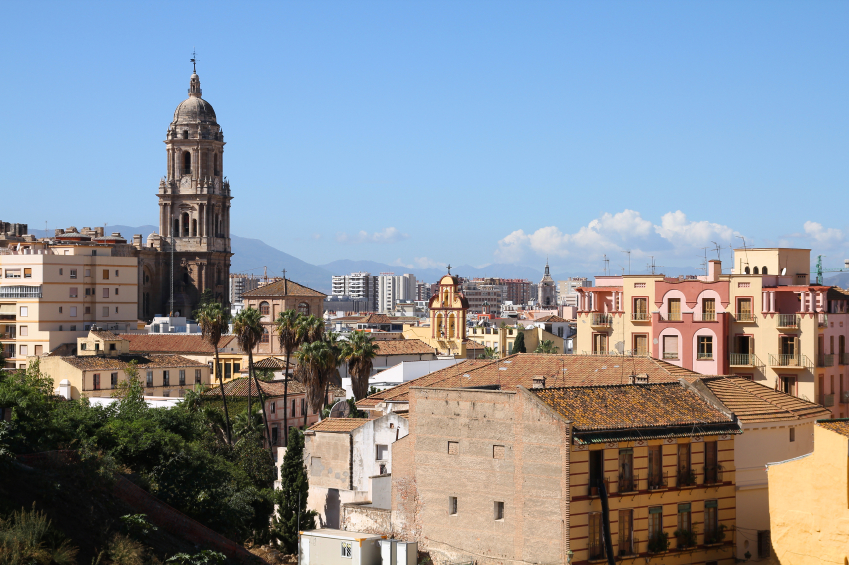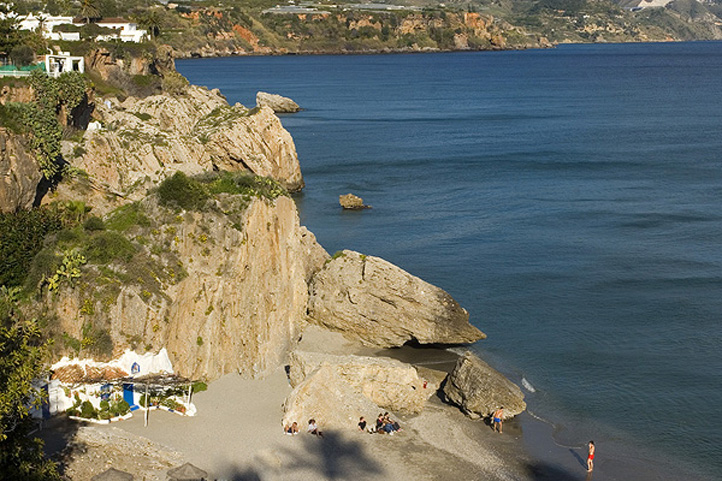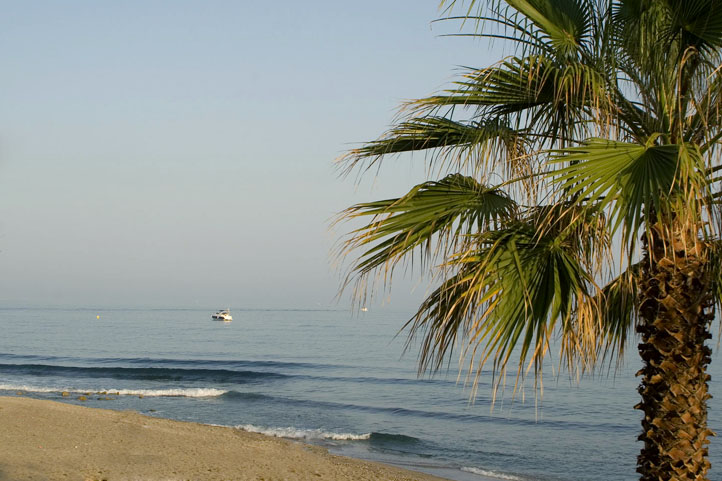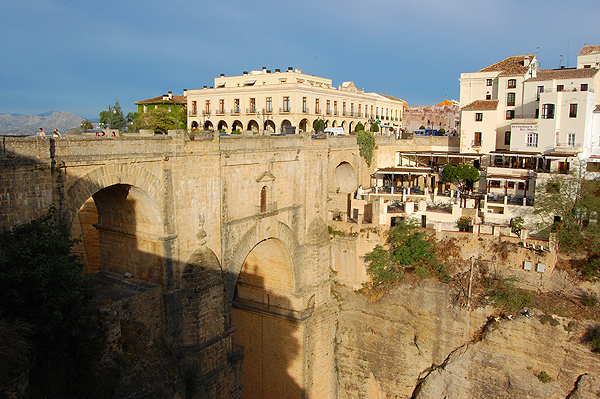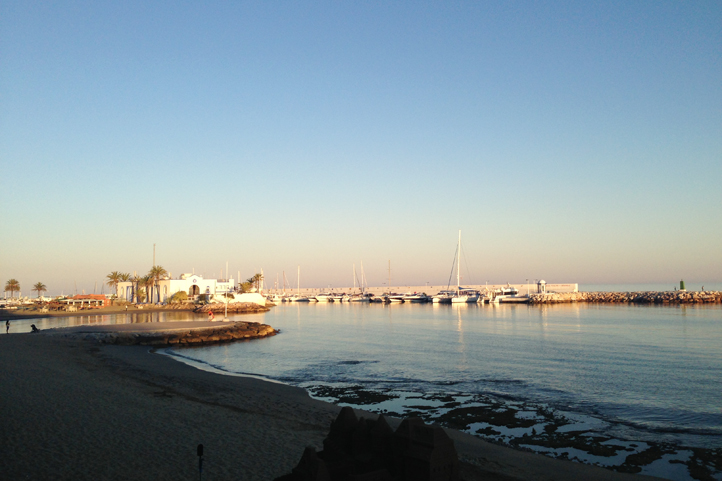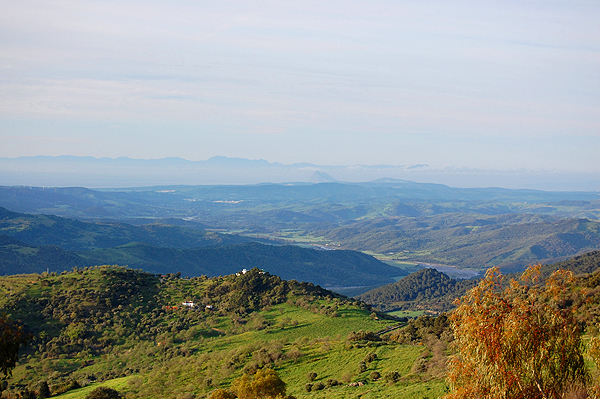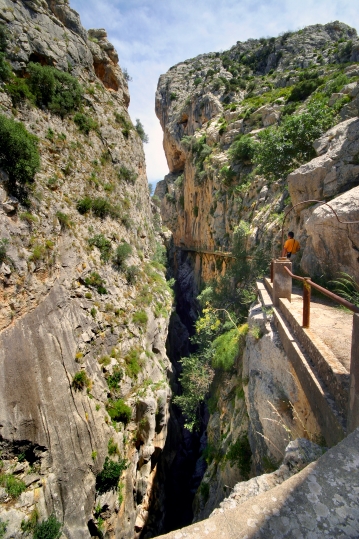A region of rich contrasts that spreads inland from the southern Mediterranean coast, between Malaga town in the West and Nerja in the East. La Axarquia boasts the best climate in Europe with 320 days of good weather a year, so if sun is what you crave, this might just be the place.
Enclosing it on either side are two mountainous Natural Parks: the Montes de Malaga and the Sierras de Tejeda, Amijara y Alhama. Hiking in this area is highly recommended with plenty of marked trails for all difficulties. As for the coastal area, you cannot miss the opportunity to taste “pescaito frito” in Torre del Mar as well as enjoy the beaches of Nerja or Torrox. Of its inland villages we will highlight Cómpeta and Frigiliana, both of singular beauty that highlight the rich contrast of this region.
As a plus, and hand in hand with these natural surroundings, you will encounter a deep tradition that has endowed the region with an excellent popular culture and an especially rich heritage.
ANTEQUERA
If we could trace the geographical center of Andalucia, the point would be on Antequera, a knot that links both by road and by train to main cultural attractions in Malaga, Seville, Granada, Cordoba and Ronda.
The Heart of Andalucia shares Axarquía´s good weather, and boasts its own natural beauty. A popular destination for climbers and nature lovers is El Torcal, an exceptional limestone massif and now a protected Natural Park. Also, one of the most stunning places around Antequera is the salt water lagoon of Fuente de Piedra, which is home to one of the few nesting sites for pink flamingos in Europe. While another obligated visit is to the ancient Dolmens UNESCO Heritage Site.
For a true sense of adventure, don’t miss El Caminito del Rey, an impressive walkway pinned along the steep walls of a narrow gorge in El Chorro, near Álora. Once one of the most dangerous mountain trails in the world, it has now been through extensive repairs and renovations with safe pathways that make it a very popular attraction.
RONDA
An example of the purest essences of Andalucia: an intense green colouring its fertile valleys and orchards, orange groves and lemon trees that mix with white-washed villages that climb up from the valley towards the mountains and peaks (pueblos blancos).
Ronda has plenty to offer; its mountains harbour natural splendour, great walking opportunities coupled with a largely sunny climate and a history that can be appreciated in Stone-Age paintings in caves, ancient dolmens, architectural remnants from Roman & Moorish times, museums and churches.
Popular white villages include: Gaucin and Jimena de la Frontera with their castles and easy access to the sea; Grazalema in a fabulous limestone Natural Park; art-loving Genalguacil; and Montecorto with El Gastor by Zahara Lake.
Jimena
From very remote origins and located very close to the bay of Algeciras, Jimena is an exceptional meeting point between the Ronda Mountains and the Strait of Gibraltar. In its old town, declared a place of cultural interest, you will find a climb up to the Moorish Castle with beautiful views over the countryside and the famous Queens Bath at the back. Other very attractive elements are the churches of Misericordia and Victoria, the sanctuary of Los Angeles, the building of the Royal Artillery Factories, the Stone-Age cave paintings of nearby Laja Alta Cave or the splendid natural area of the Natural Park of the Alcornocales, in whose heart it is located, perfect for hiking amateurs.
Gaucin
Located on the edge of a deep gorge, between the rivers Guadiro and Genal, Gaucin one of the most popular pueblos blancos (white villages) of Andalucia, and the perfect place for those who crave both mountain hikes and beaches but without the hustle and bustle of Costa del Sol.
You ´ll have the Mediterranean just half an hour away as well as great rural walks that will suit varying levels of fitness. Besides, the town preserves a Romanesque parish church, the Arab Eagle Castle, and nearby is the Organ cave, so called because of the sounds that are obtained by lightly hitting the stalactites.
Grazalema
Grazalema is an immaculately kept village with great charm- its steep streets made from cobblestones are lined by impeccably-maintained white painted houses, with windows covered by traditional iron bars and plant pots spilling over colourful Bougainvillea flowers.
The focal point of the village is its central square, Plaza de España, with plenty of restaurants, café-bars, shops and banks, even spa baths.
It is part of the Sierra de Grazalema Natural Park, a large protected area where rugged limestone predominates surrounded by vibrant green vegetation, caves and spectacular views – hikes you simply cannot miss!
And if you are more into fiestas, from May to September, there is an endless list of celebrations.
COSTA DEL SOL
The Costa del Sol, an almost uninterrupted coastal avenue of more than 90km, lined with hotels, urbanizations, fishing villages, beaches and quiet coves, golf courses ... it caters for all tastes. And although it is well known for its attractive beaches, the quality of rural tourism has held up and provides delightful surprises: the amazing caves at Nerja, the warm, relaxed character of Malaga town and some astoundingly pleasant villages such as Frigiliana, or unspoilt rural locations like Casares.
Casares
A green and white enclave that meets the most classic idea of a white village perched on the mountain. As a testimony of its agitated history, it provides numerous monumental remains that deserve by themselves a visit to the old quarter declared a historical-artistic site.
The views of the Acedia Valley, of its rolling hills are absolutely breathtaking. On clear days, the sea can be seen tinkling on the horizon and even the African silhouette spotted at a distance. On the outskirts you will find La Hedionda, known for their therapeutic sulfur waters. With so many things on the table, Casares, without a doubt, is a must for tourists and those who seek a quiet life rich in simple and unforgettable pleasures not too far from the beaches of Costa del Sol.
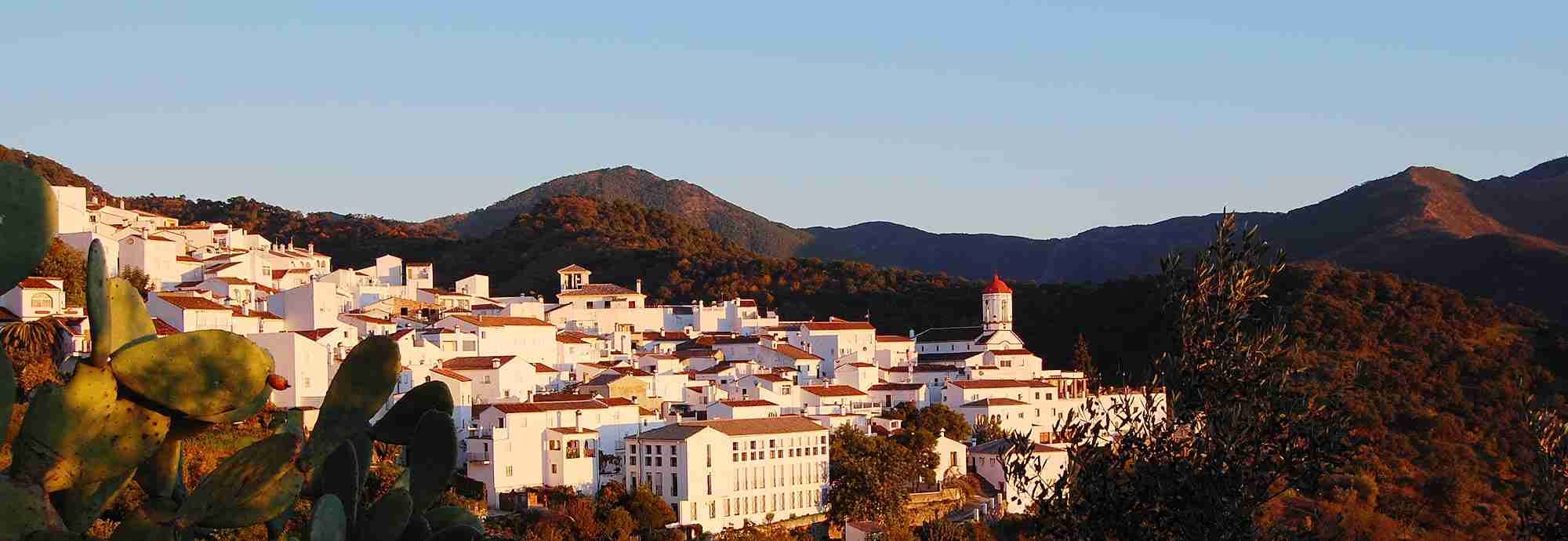














.jpg_464_290_cf_q100_co-1.jpg)



















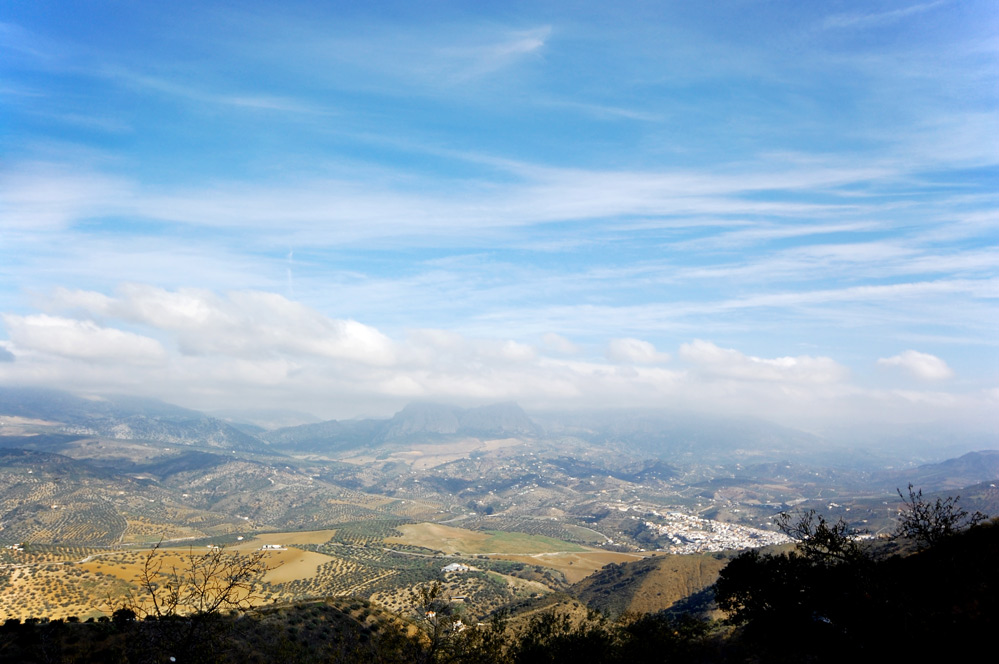


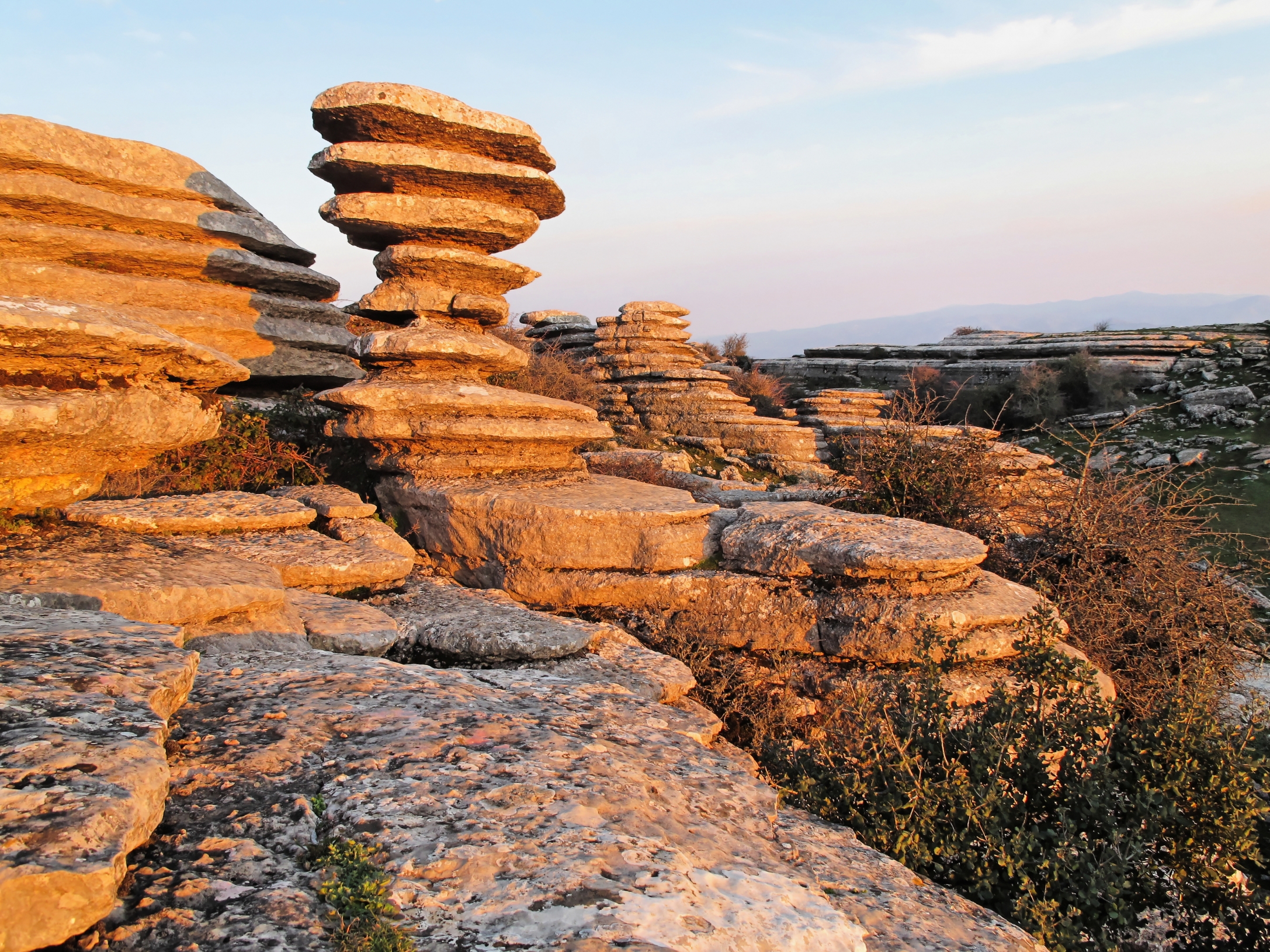

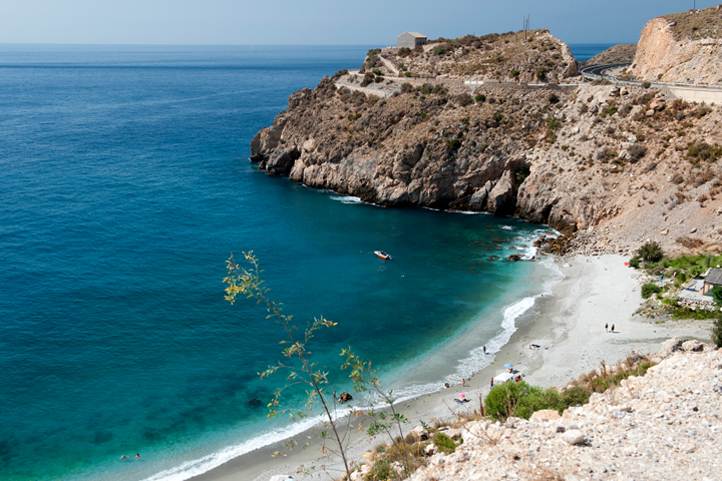
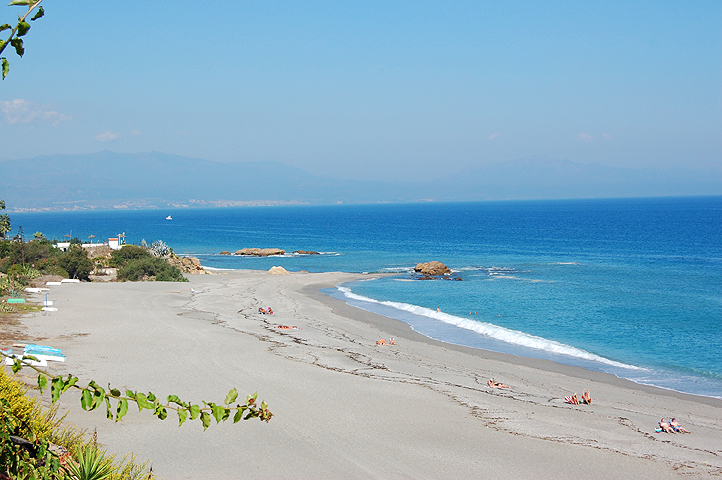
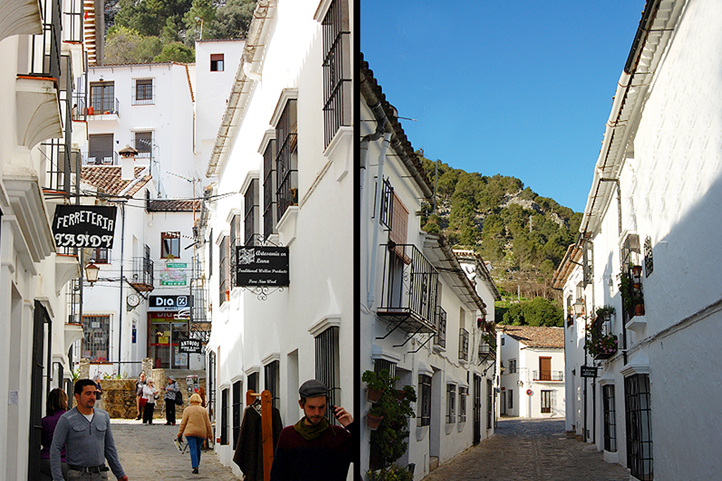
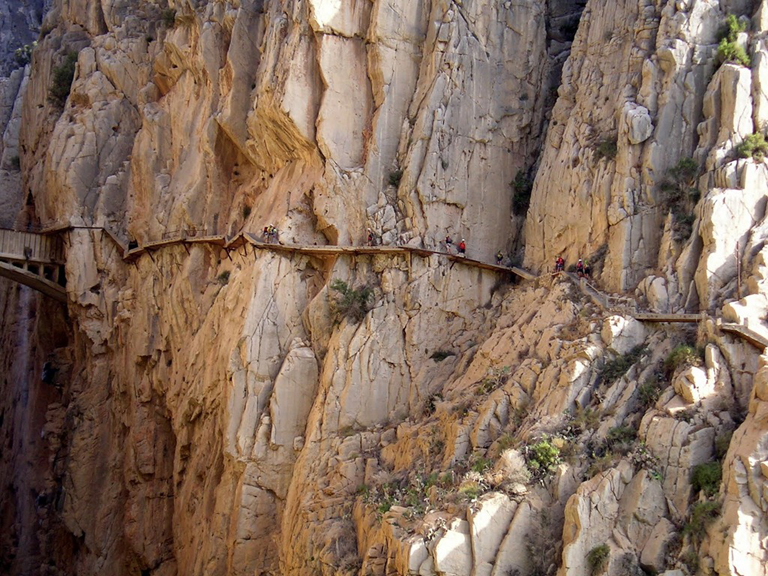

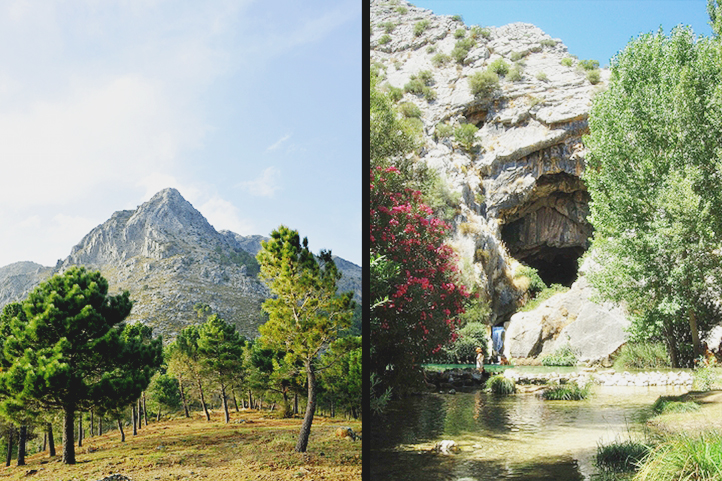
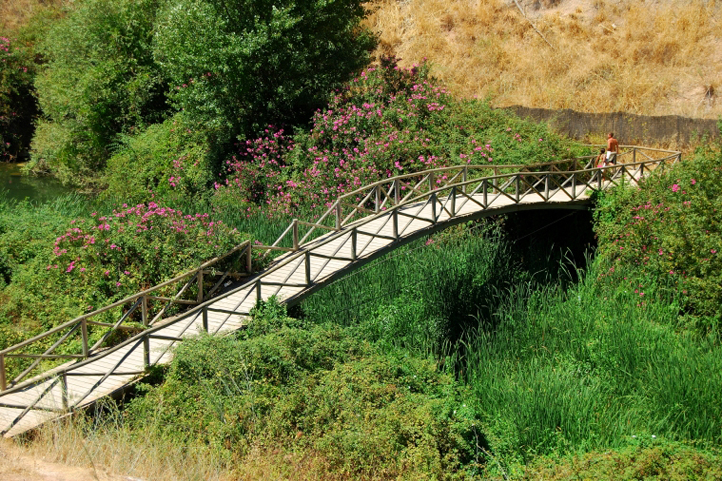

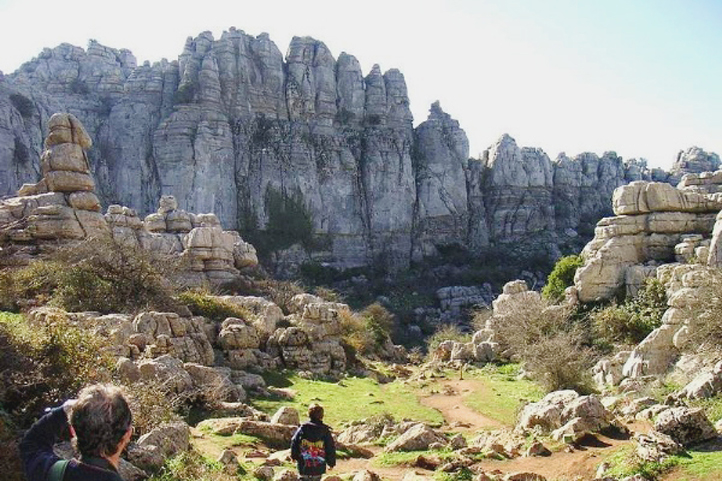
.jpg)
